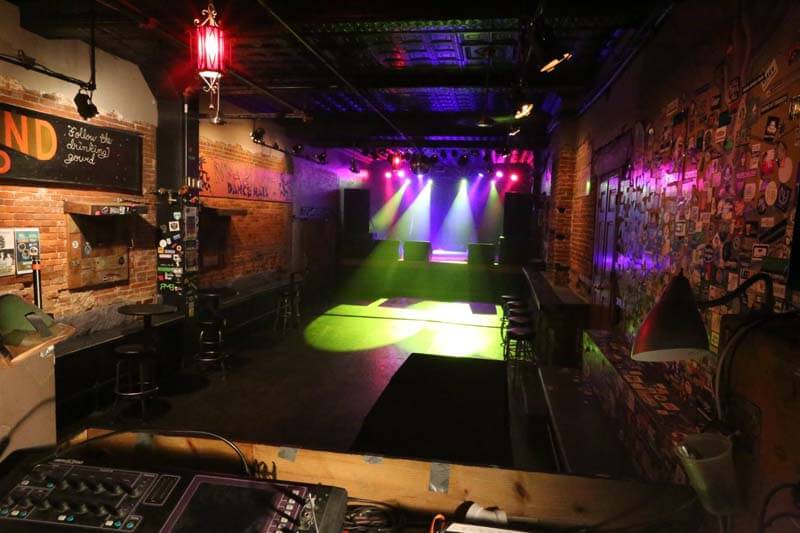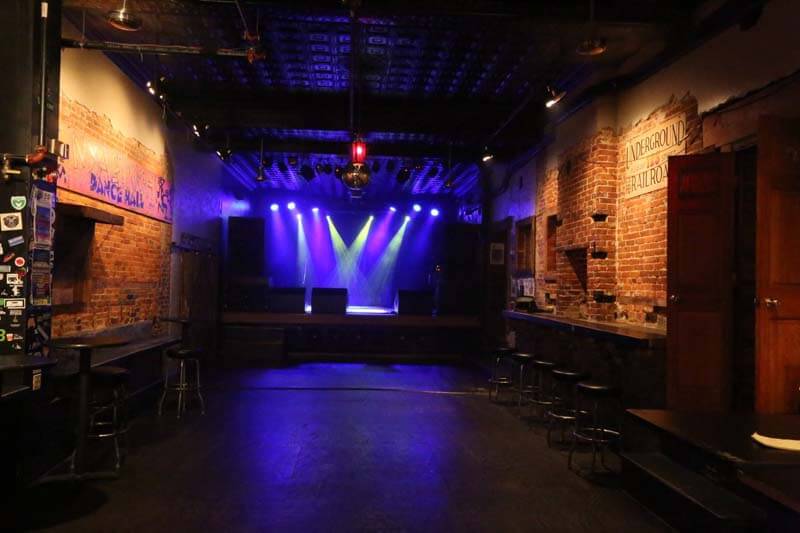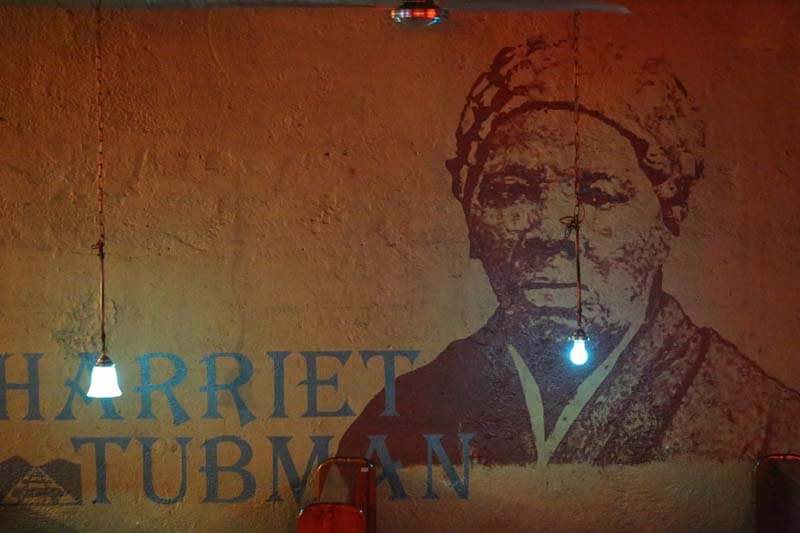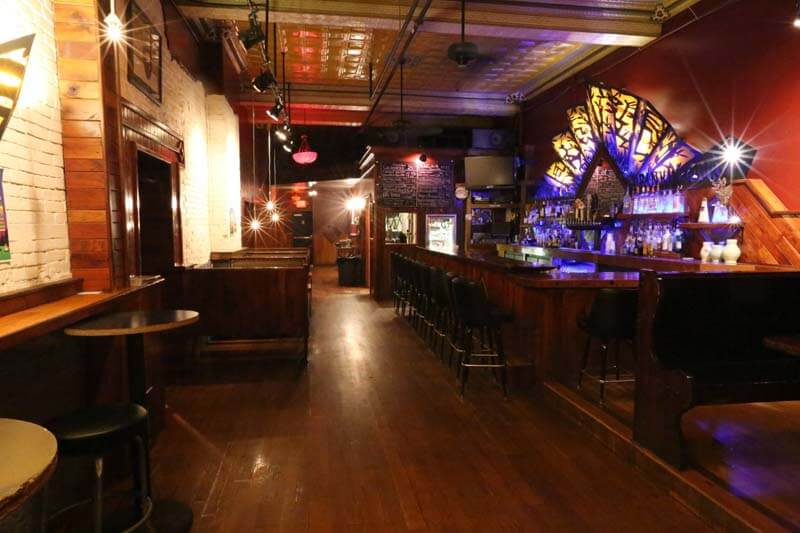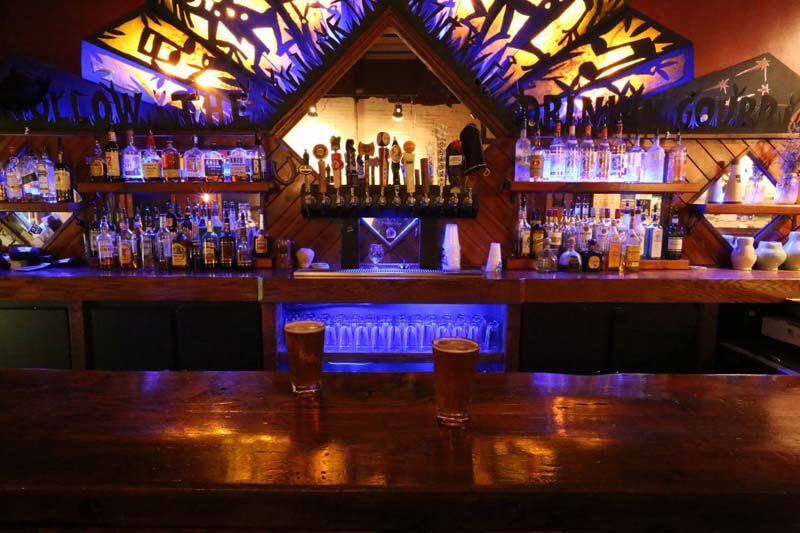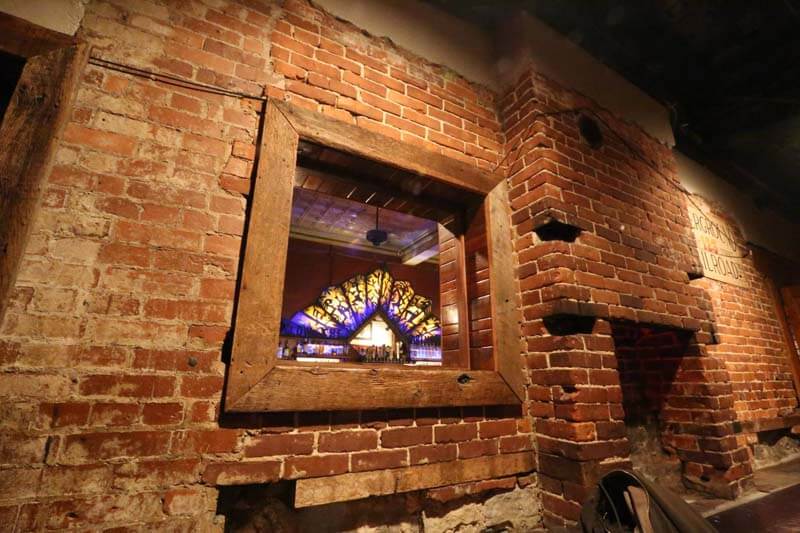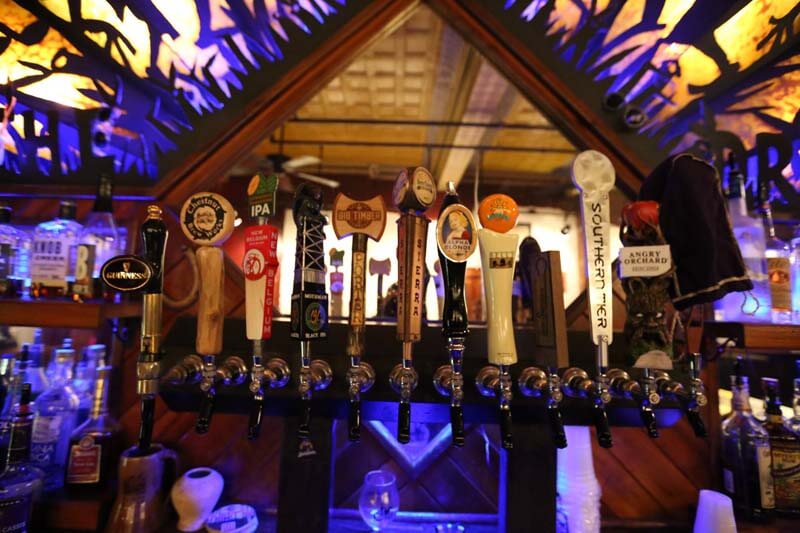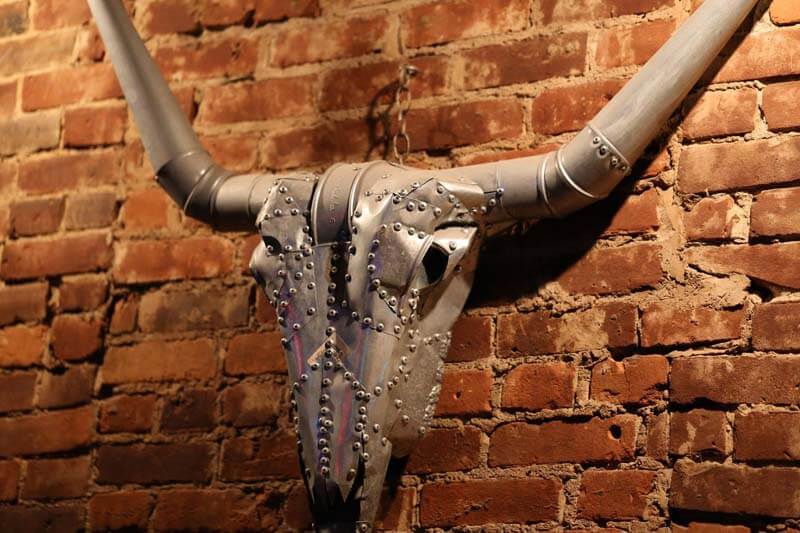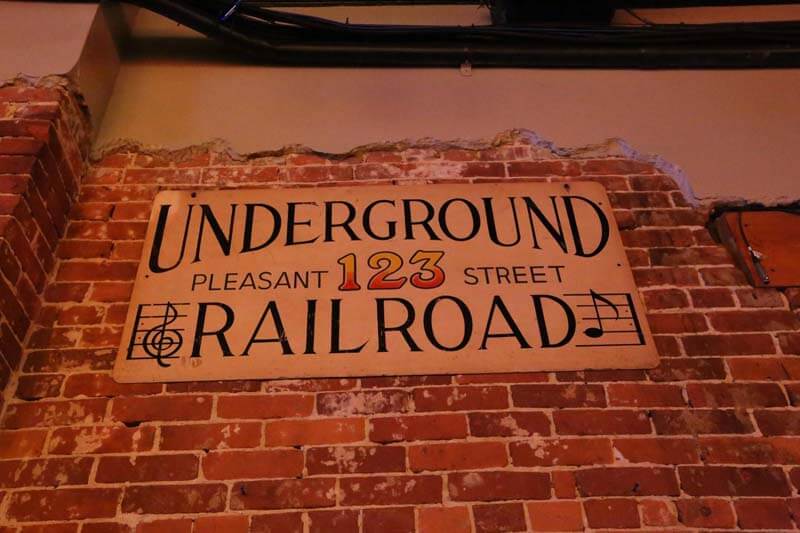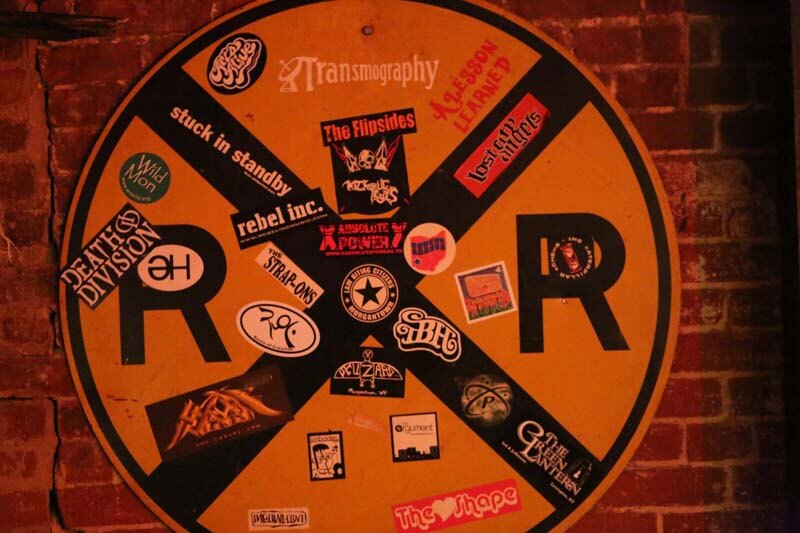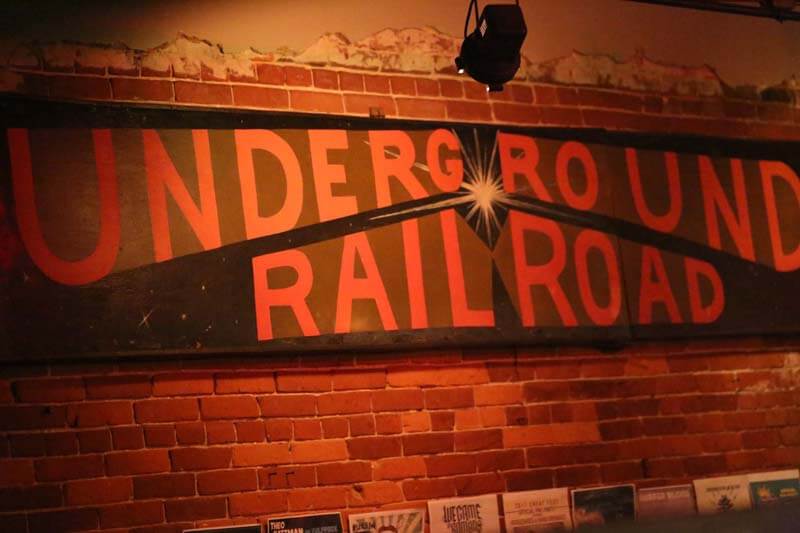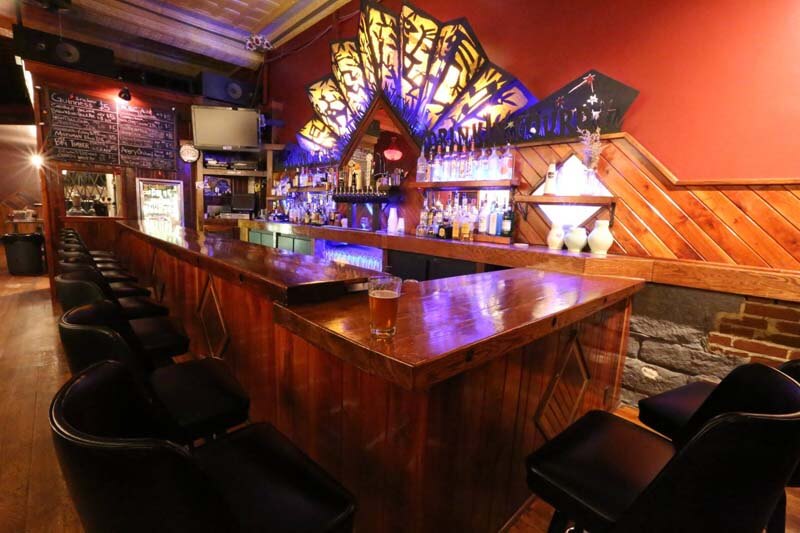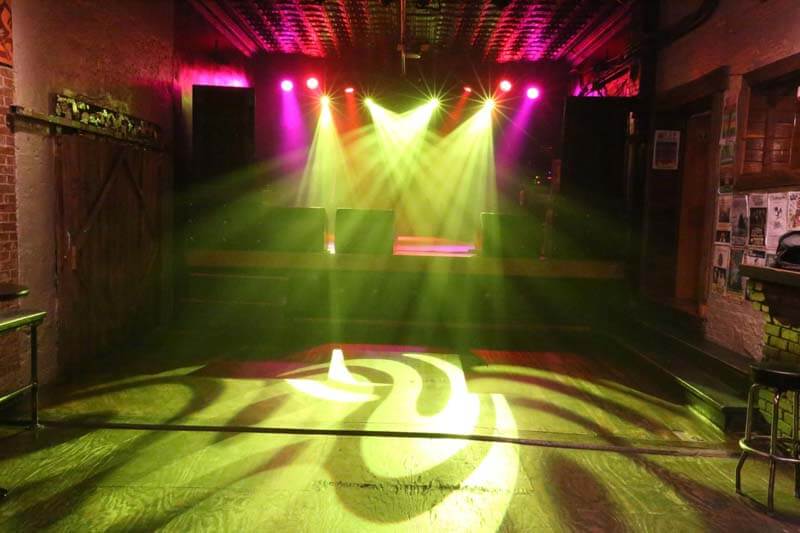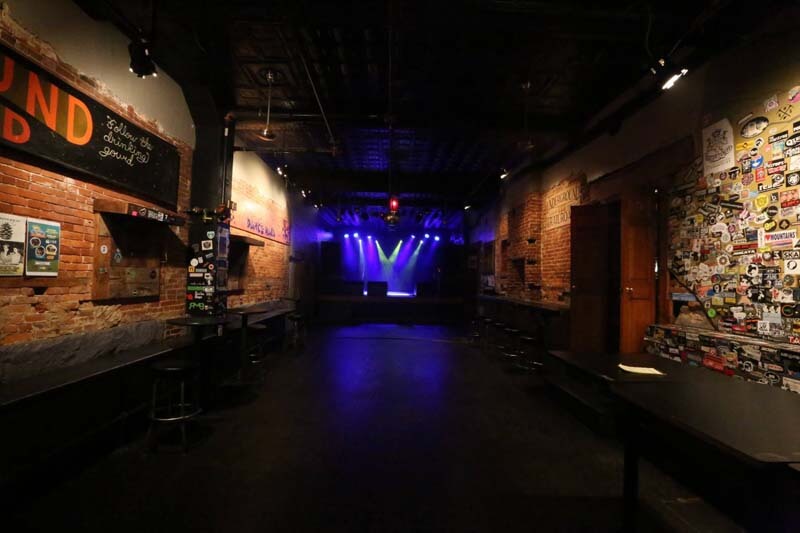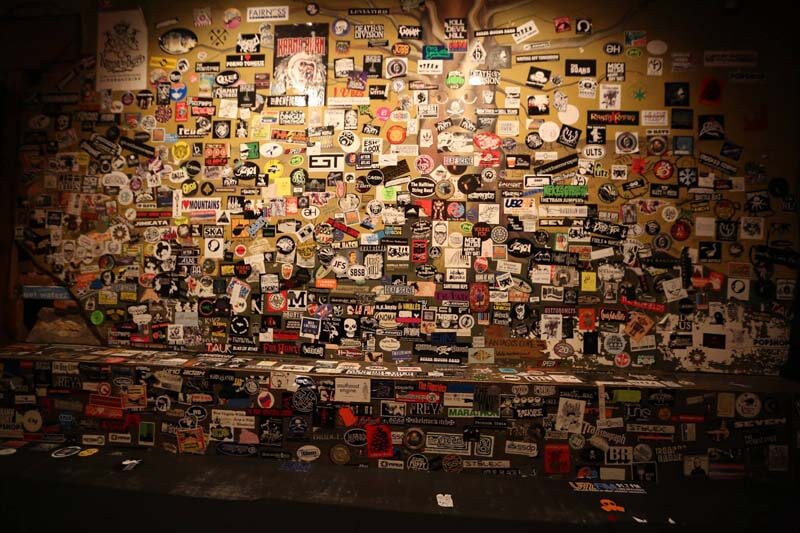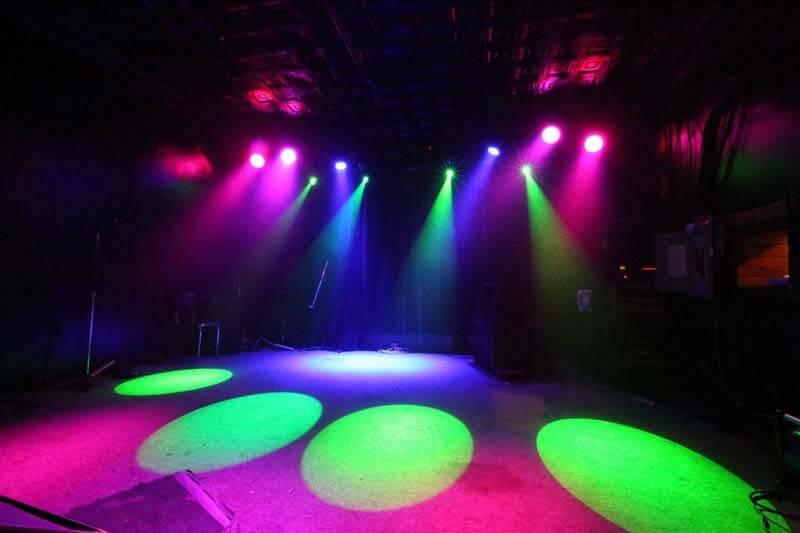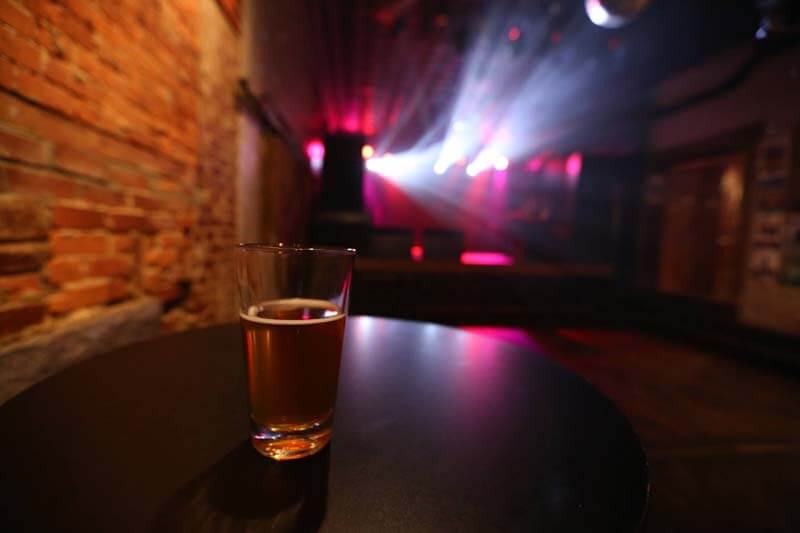Our Story
**For Booking requests & information, please email us at 123PleasantStreet@gmail.com
The History of 123 Pleasant Street
In the early 1890s, Morgantown was a booming industrial/college city, and housing was in short supply. "123 Pleasant Street" was built in 1891 as Morgantown's first major apartment building. Named "The Brick Row Building," it was constructed in a 3-story rowhouse-style relatively rare in West Virginia. The Brick Row was divided into 5 rectangular sections with 5 street addresses. There were apartments on each floor, including the current barrooms. Wooden steps led up to a porch and door at each address. A unique facade individualized each bay of apartments, with arched openings on the front and side of the porches giving it an elegant appearance. The building was in the heart of town, between the railroad depot and riverboat landing and mainstreet.

During these years the various rooms housed hundreds of people young and old--families, individuals, teachers, professors, doctors, college students, laborers (especially tin-workers), merchants, railroad employees, etc. The most famous resident, Morgantown architect Elmer Jacobs, lived at 121 Pleasant Street (the lower-bar area) in 1901 and possibly longer. He designed many of Morgantown's most impressive buildings and homes (over 400, supposedly), and much of Morgantown's current look can be attributed to him. The lower bar is now nicknamed Jacobs' House.
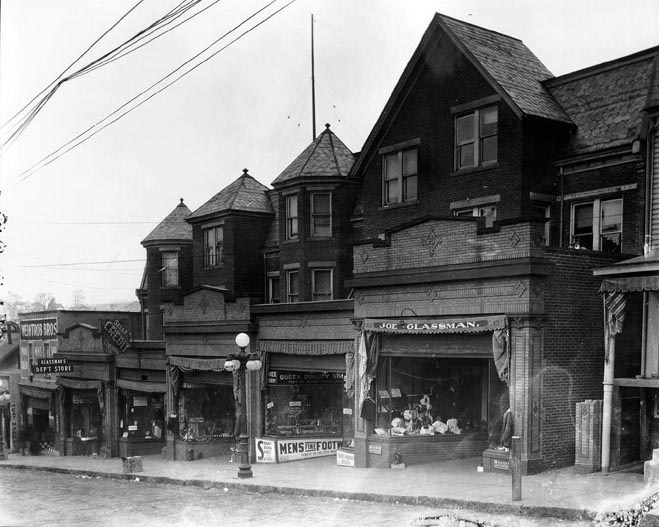

In 1921, the start of the "Roaring 20s," stores were vying for space on High Street and found none, so the business district expanded onto Pleasant Street. The Brick Row was suddenly in a prime business location. In February 1921 the building was purchased and remodeled. The 1st-floor apartments and porches were removed and the floor level was dropped 4' (removing the porches and steps, allowing street-level entry) leaving the apartment fireplaces hanging on the walls and exposing the building's sandstone foundation masonry. On the 1st floor both ends of the building were extended, and yellow brick Art-Deco storefronts were added along Pleasant Street. The former apartments, the current "bar levels," became spacious storerooms with high tin ceilings and light pouring in through the large display windows. In April 1921 businesses began opening in the storerooms, including Coddington's Market at 121, Max Feingold's Clothing Store at 125, The Queen Shoe Store at 131, and Hammel's Variety Store at 137. 123 Pleasant Street (the stage room) remained empty until February of 1922 when The Radio Appliance Company opened the first radio store in the region, setting up a public radio set and inviting all to experience "the wonder of the modern age." It was a neat idea, but the store closed within two years.
Although it seemed a lucrative spot, over the next 60 years businesses came went in the 5 storerooms. There were clothing stores, variety shops, restaurants, an Army Navy Store (which remains) an insurance company, a dance hall, a martial arts school, auto parts stores, warehouses--some years rooms were empty. However, the upper floors always remained apartments for a cross-section of Morgantown residents. Often the person who ran a store on the 1st floor lived upstairs with their family.

Emil's Tavern (at 121, the lower room), opened and closed in 1951, was the first abortive attempt at a night spot in the building. At some point the storefront windows were bricked-in, and the Art-Deco facades were removed from the current Army Navy Store and Adventurer's Edge. In 1967, the Blue and Gold Bar opened but quickly went under, yet it began a series of watering holes (70s joints like Jean and John's Tavern, Bob's Tavern, The Golden Nugget, Le Rendevous, and The Fox Trap Lounge) in the building. In 1974, the Sportsman's Bar opened in the stage room, and remained until 1978. Another bar, Cool Runnings, took over in 1980 followed by Meteo's in 1981. The interior of the building was modified numerous times.
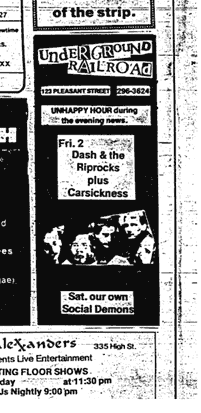
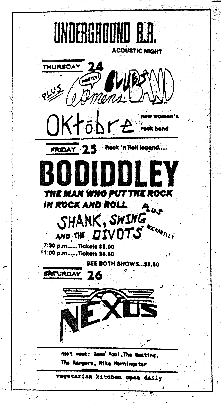
In 1982, 123 (the stage room) and 125 (the upper room) became the home to a vibrant Morgantown music community with the opening of The Underground Railroad (URR), largely conceived and operated by the now-legendary (in Morgantown, at least) Marsha Ferber. Marsha and a group of friends with a common interest in music and a distaste for the status quo of the early 1980s spawned the idea of a bar where music was the binding force bringing together all types of people in a peaceful atmosphere. The Underground Railroad's name came from her desire to have a place where people could "find their way to freedom," by interacting and listening to music without regard to skin color, dress, sexuality, hair style, or ideas. Harriet Tubman, the heroine of the real Underground Railroad, was painted on the wall of 123 and came to symbolize the bar's concept of basic equality among all people.
The bar reflected Marsha's idealism, her politics, and her taste in music. To help things out, at nearly the same time U92 (the WVU student radio station) went on the air with an alternative format and began supporting local music, while the student newspaper, the DA, began to follow happenings and shows at the bar with interest. To complete the circle an independent record store on High Street called Backstreet Records began carrying local music in conjunction with stuff you couldn't find anywhere else. Morgantown's underground music scene was born.
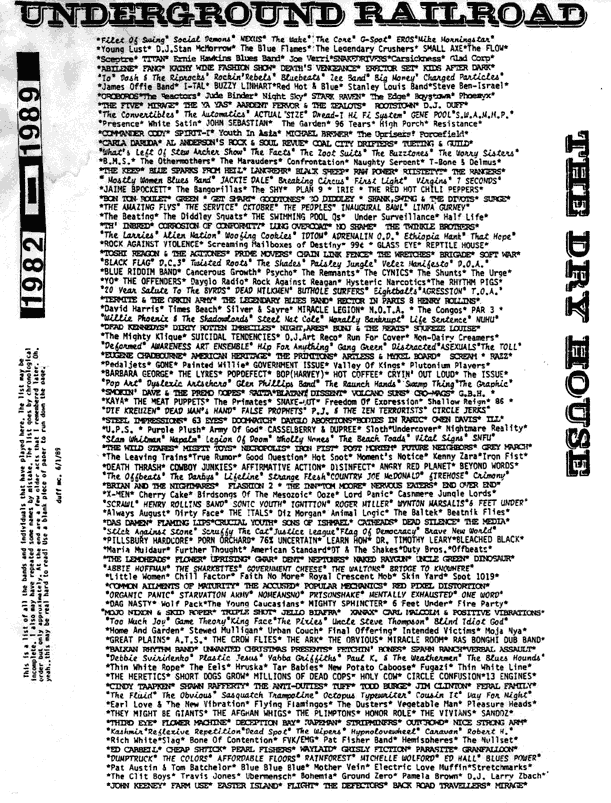
"Duff's Band List," 1989
The Underground Railroad specialized in music-inspired fun, with healthy doses of art and politics which emanated an energy that invigorated Morgantown. It was the Reagan years after all, and there was revolution in the air among those not of the conservative mind-set. There had always been local bands and artists in Morgantown, but the arrival of a venue which supported them on a long-term basis inspired a flowering of original music, art, and nearly anything else people wanted to put on the stage or the walls. Moreover, beginning with a show by Bo Diddley in January 1985, nationally known bands started showing up on the URR stage at an ever-increasing rate. The Dry House, an all-ages venue, opened in the lower room in 1985. The Brick Row building was showing its age by this time, but it became a place that drew people back again and again.
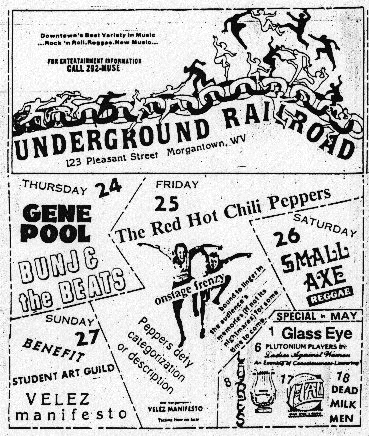
In the spring of 1988, the pivotal Morgantown band Th' Inbred broke up, and student favorites Shank Swing and the Divots called it quits also. Still, April of 1988 was like any other month at the Underground RR, with a bevy of bands playing. This changed on April 25, the day owner Marsha Ferber walked out of the bar and disappeared without a trace. She was never seen again. Marsha was reported missing but the police, her family, and her friends never turned up any substantial leads to her whereabouts either dead or alive. Like Elvis, one can still hear rumours of Marsha sightings from ex-Morgantownies around the world. The case is still open.
The employees kept the venue running for another year but it closed, along with The Dry House, seemingly for good, in late May of 1989, one year after Marsha's disappearance. In January, 1990, the bar changed hands and reopened as "The Underground." The Underground only lasted about 6 months, when the bar changed hands again.
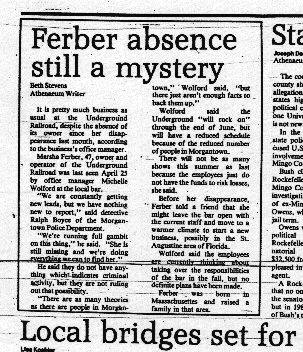
Reopened as "The Nyabinghi Dance Hall" by a duo of young entrepreneurs, the venue again prospered and succeeded as a showplace for all types of "underground" music. By this time it was apparent that the music scene that Marsha and friends fostered now had a life of its own, and Morgantown kept producing yearly crops of local bands playing original music. [Note: In 1990 the bar took on its current layout, with the main bar removed from the "stage room" and the upper and lower bar inaugurated.] In 1995, the bar was sold to Greg. The bands and the people kept coming, yet the bar's doom slowly showed itself. As the '90s progressed, the 100-year-old building became more and more run down. When it rained outside it rained inside, and the years of shows and improvising electric hookups had culminated in piles of extension cords, overloaded outlets, holes in the ceilings and walls, and various other dangerous situations. This fact did not go unnoticed by Morgantown's city officials. Finally, the Nyabinghi Dance Hall and the Brick Row apartments were condemned by the city of Morgantown as an unsafe structure in February, 1998. Rumors abounded that the building would be torn down...
Fortunately, the condemned building was purchased in June of 1998 by a new owner, LJ (a local boy). A long-time patron of the bar and music fan, LJ was not interested in demolition, but the goal of saving the building, preserving its history, and continuing the glory of its music years under a simple name that encompasses the feeling that this building exudes: 123 Pleasant Street. Numerous people (including veterans of The URR and The Nyabinghi) helped in this effort to save the building. With paint still drying, the venue reopened in October 1998 with a show by local bands Granny's 12 Gauge, Lugen Farms Dairy, and Bobby Lane after some major, major repairs. The restoration of the Brick Row building has given it a new lease on life and promises to keep it around for many years to come. Moreover, it remains a place where people from across the spectrum are welcome. 123 Pleasant Street is not the Underground RR or the Nyabinghi Dance Hall, but it incorporates the best attributes from these earlier incarnations of the bar while being better prepared to host Morgantown's music scene than ever before.
In the process of rehabilitating the structure, the high tin ceilings of the 1921 storerooms were uncovered (above two different drop ceilings) in the stage room and upper bar, spurring the addition of similar tin ceilings in the lower room. In repairing the stage room floors, 6 layers of previous flooring were discovered. Even now, one can find remnants of every era of the building by simply observing. The original outdoor signs from the Underground RR and the Nyabinghi Dance Hall are hung in honor in the stage room. The Art-Deco storefronts are to be restored. When you visit look at the ceilings and walls, the barn wood (from the URR days) covering many features in the rooms, the fireplaces on the walls where you'll sit your beers, and the rock-n-roll legacy carried on by the famous and not-so-famous people on stage. This place is a true amalgamation of the past, the present, and the future. And please remember, you too will become history one day...
